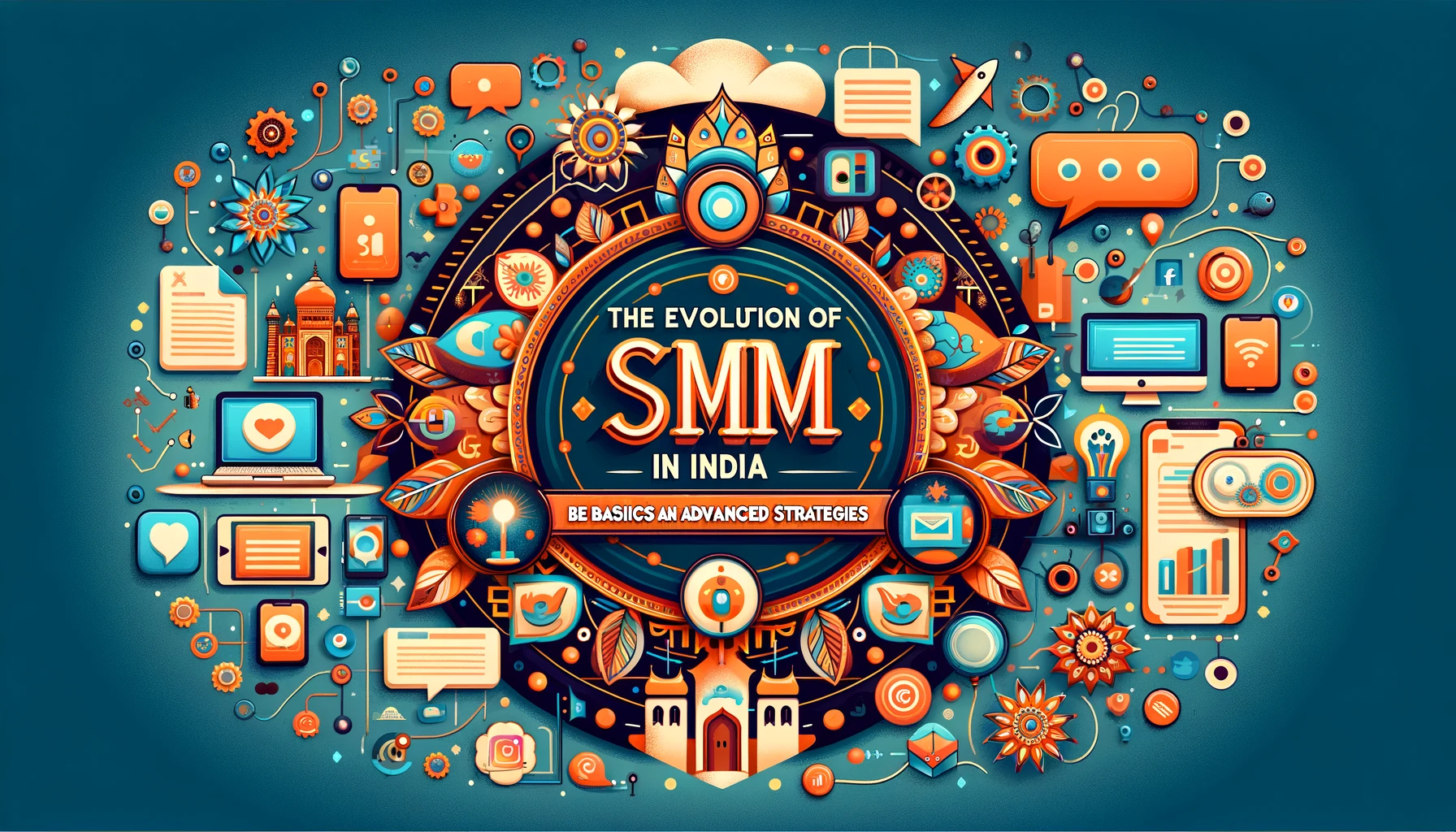WhatsApp Channel
Click to Join our WhatsApp channel for latest updates.
Telegram Channel
Click to Follow Telegram Channel for real-time updates.
Instagram Channel
Click to Join our Instagram channel for latest updates
Click to Join our WhatsApp channel for latest updates.
Click to Follow Telegram Channel for real-time updates.
Click to Join our Instagram channel for latest updates

The Evolution of SMM in India: From Basics to Advanced Strategies
Introduction:
The landscape of Social Media Marketing (SMM) in India has seen a remarkable evolution, driven by rapid digitalization and a burgeoning internet user base. As of 2024, India's social media users have grown steadily, with a significant portion of the population engaging actively on various platforms.
The Early Days of SMM in India:
Initially, Indian businesses cautiously ventured into SMM, leveraging platforms like Facebook and Instagram to reach their audience. The focus was primarily on building brand awareness rather than engagement or sales.
Growth and Expansion of SMM:
The introduction of affordable smartphones and cheap internet plans led to a surge in social media usage. Platforms like WhatsApp and Telegram became popular, with WhatsApp being the most used messenger app in India, featuring 531.46 million active users. This period saw businesses beginning to understand the potential of targeted advertising and audience engagement.
Current State of SMM in India:
Today, SMM in India is characterized by diverse strategies across multiple platforms. Instagram leads as the most used social media platform, with 516.92 million active users, followed by Facebook at 492.70 million. The average Indian spends about 2.6 hours daily on social media, providing ample opportunity for businesses to engage with them.
Case Study: Indian SMM Services:
Indian SMM Services emerges as a leader in this field, boasting 35K active users and completing over 6L orders. Their approach encompasses the latest SMM Panel, tailoring strategies for maximum impact across various platforms.
Advanced SMM Strategies:
Contemporary SMM in India includes influencer marketing, with 46% of marketers planning to increase their investment in this area. Additionally, there's a focus on creating bite-sized content, driven by platforms like TikTok and Instagram Reels. User-generated content also plays a significant role, offering authenticity and enhancing social proof.
Challenges and Adaptations:
Despite its growth, SMM in India faces challenges such as diverse audience demographics and rapidly changing platform algorithms. Businesses, including Indian SMM Services, continually adapt by adopting new technologies like chatbots for customer engagement and exploring new platforms for broader reach.
The Future of SMM in India:
The future of SMM in India looks promising, with predictions of increased adoption of AR/VR technologies and social commerce. Platforms are expected to introduce more features to facilitate direct purchasing, making social media a significant retail channel.
Conclusion:
The evolution of SMM in India reflects the country's digital transformation. With companies like Indian SMM Services leading the charge, the landscape is set for further innovation and growth. Businesses looking to leverage these services can contact them at Indiansmmservices24@gmail.com to explore tailored SMM strategies for the Indian market.